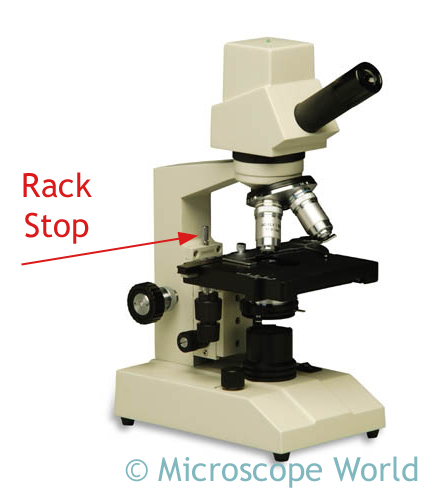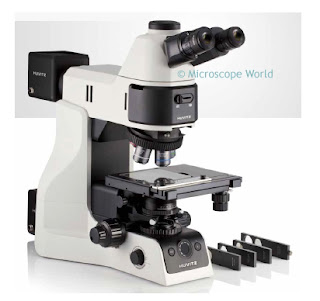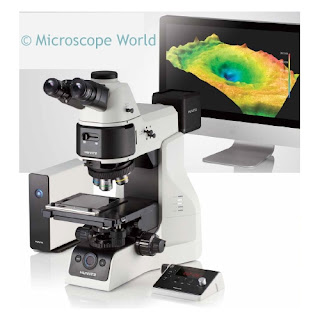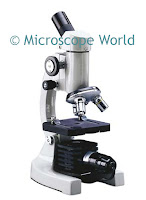After a long day of playing outside scrape underneath your fingernails and put the dirt (or whatever is under your nail!) on a
blank microscope slide. Place the slide under a
biological microscope. What do you see? Chances are there might be some dirt particles, maybe some carpet fibers and most likely bacteria. If you can, take a picture of what was under your nail.
Next, take a small scraping of a bar of soap and place it under the microscope. What does the soap look like? Soap is typically made of oils (coconut, palm, olive, etc.), water and Lye (sodium hydroxide). These items are cooked together and when they harden, a bar of soap is formed. The combination of these items breaks down bacteria and dirt that has bonded with the skin when you scrub your hands with water. This washes away bacteria and dirty particles. (You can learn about making your own soap
here!)
![]() |
| Bacteria captured under the microscope at 400x magnification. |
After scrubbing your hands well with soap, take another sample from beneath your finger nail. Can you see any bacteria or particles under the microscope? There should be a lot less particles to look at under the microscope once you wash your hands well, but chances are you will still find some particles to view under the microscope. If there are not fewer particles, you may want to scrub your hands a bit more with soap next time you wash them!




































































